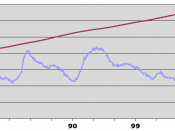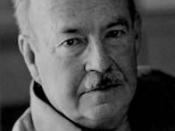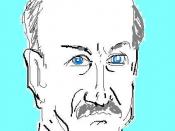The position of women is often considered to have improved during the last few decades. There is, however, considerable debate as to the extent of change and the reasons for it. This essay will look at how women's lives have changed in terms of employment, pay, education, household, sexuality and the state. I will conclude that the most important changes for women are in education, but that the basic pattern of inequality remains in most aspects of the social structure, from paid work to the household divisions of labour, from sexuality to violence.
Ann Oakley (1981) has traced the changing status of women in British society from the eve of the Industrial Revolution to the 1970s. She claims that 'the most important and enduring consequence of industrialization for women has been the emergence of the modern role of housewife as 'the dominant mature feminine role' Thus a combination of factors which included ideology, the banning of child labour, and restrictions of the employment of women, locked the majority of married women into the mother housewife role.
This led to the idea of a 'cornflake packet family' where the male was the breadwinner, the wife was the housewife, and the family consisted of two children - a boy and a girl. The mother had an expressive role, while the father had an instrumental role of going out to work. The inequality, and the extent to which the different aspects of this are interconnected, mean that is some use the concept of patriarchy to describe this set of social relations. Patriarchy is a social system through which men dominate, exploit and oppress women. However, in recent decades, changes in the economy and society have altered the situation - several of these changes will be outlined below.
One of the most important areas...


